World’s most famous planet is Mars which is the fourth planet from the sun. Facts about Mars have always been fascinating to humans through history.
Our closest neighbor, Mars has been an important part of human cultures for a very long time.
It is the very next planet after earth and one that has been subjected to a great deal of space exploration.
Being so close to the Earth and made popular with movies and other forms of mainstream media, mars is one planet that has captured the fancy of people for a very long time.
Today, it is the focus of an active Martian exploration program in multiple countries. Having already landed on the moon, mars have become the next target for human endeavors.
There is a lot to know about mars.
Here is an interesting fact about Mars and aliens. Ever since the discovery of the planet, there have been speculations of alien life on the planet. And this speculation has translated itself into various forms of popular science fiction media, from the character ‘Marvin the Martian’ in the cartoon series ‘Looney Tunes’ and an episode in the cartoon series ‘Justice League’, to the movie ‘Mars Attacks’, and indeed everything else in between.
Being very close to the earth, this is one planet that you would probably want to know more about.
Given in the list are 10 amazing facts about mars that you might want to know.
10. The Name of the Planet is Named After the Roman God of War

The present name of the planet, ‘Mars’ is from Roman mythology.
According to Roman Mythology, Mars was the Roman God of war and an agricultural guardian.
He was considered by the Romans to be the second most important of all the deities in their pantheon, with the first being Jupiter.
His equal in the Greek religion was the God Ares, who also played a key role in the naming of Mars, as explained in further points.
9. Mars Has Two Moons Orbiting It, Neither of Which are Real Moons
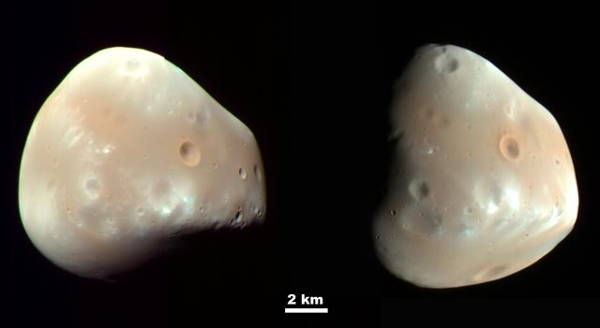
Mars has moons, just like Earth.
But while the earth has one moon, Mars has two. These moons of Mars were first discovered by an American astronomer – Asaph Hall in 1877.
At the same time, however, they aren’t really moons, but asteroids that were attracted to the planet by its magnetic field.
They are named as Phobos and Demos, both of which are small in comparison to the Earth’s moon.
8. The Names of the Martian Moons are Also Based on Mythology
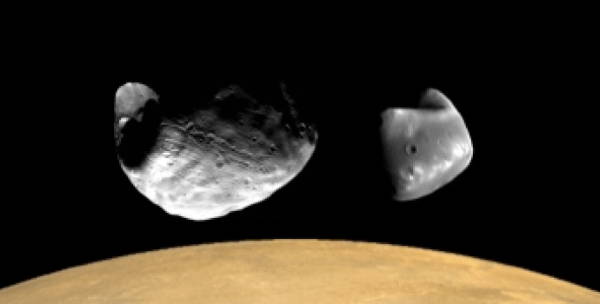
Just like the planet itself, the names of the Martian moons are also based on mythology.
But while Mars got its name from Roman mythology, its moons were named from characters of Greek mythology.
The exact names were from the sons of Ares, the Greek God of War. Phobos and Deimos were described as being twins, each of whom had their unique representation; Phobos symbolized panic and fear, while Deimos symbolized terror and dread.
7. Mars is About Half the Size of Earth
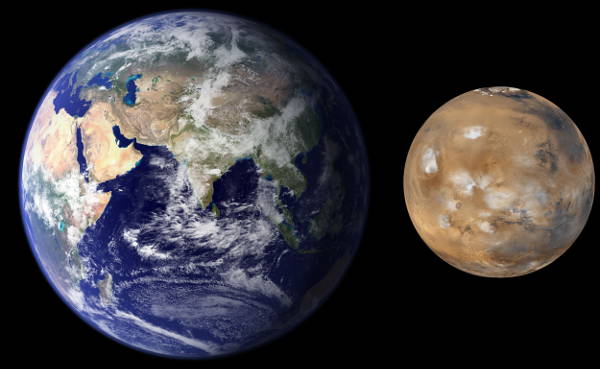
If you have seen images of Mars, it will look like the planet is fairly large.
And while it is indeed having a significant size, the real size of the planet is about half of the size of Earth.
In actual figures, the circumference of Mars is about 21,000 kilometers, while that of the earth is about 40,000 kilometers. The diameter of Earth is
12750 kilometers whereas that of Mars is slightly more than half of Earth’s diameter (6790 kilometers). But, 70% of the Earth’s surface is covered with water.
6. Water Has Been Confirmed on Mars
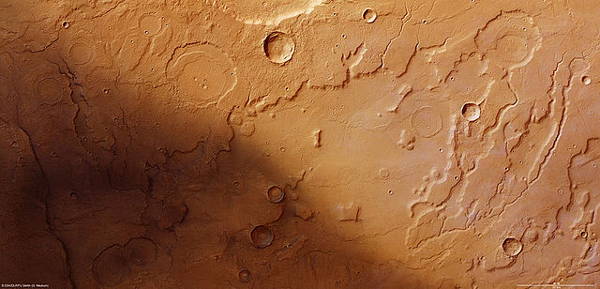
Although Mars seems like it is rather dry and barren, there is water underneath the surface. This is one of the reasons why humans are trying Mars to become the next livable planet.
The discovery of water was made by a rover from NASA, called Curiosity, on September 27th, 2012. It was found that there used to be a stream in what is today a crater, suggesting that water once flowed on the planet a very long time ago.
Likewise, the Mars Reconnaissance Orbiter has found that liquid water flows on the surface as well, albeit at periodic intervals.
In July 2018, Italian scientists have discovered subglacial lake on Mars around 1.5 km below the surface of the Martian South Pole. The lake spans 20 kilometers. This is the first discovery of stable water body on the planet.
5. Mars has Ice Caps Just Like the Earth

The planet has ice caps, just like that on earth.
Found in the Martian north and the South Pole and the planet has a block of vast ice-covered polar caps, which have been observed from telescopes as well as space probes. Both the poles lie in darkness and extreme coldness during pole’s winter season. The darkness causes the formation of slabs of dry ice on the surface of Mars.
At the same time, however, the ice caps are not made of water, as it is on earth, but rather a block of dry ice or frozen carbon dioxide.
4. Humans Have Sent Many Probes and Rovers to Mars
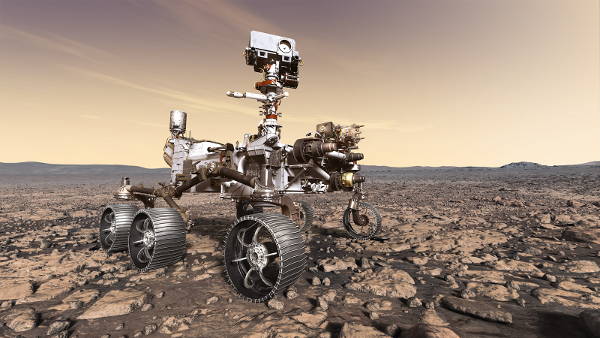
Being very close to the earth, the planet has had many probes and rovers sent by humans.
These have in turn helped us to understand a lot more about the planet, which we probably would have never known about.
Some of the most well-known of them all are Mars 2 (USSR), Mars 3 (USSR), Beagle 2 (UK), Spirit (USA), Opportunity (USA), Curiosity (USA), etc.
Even today, there are numerous rovers actively exploring the surface of Mars.
3. Mars Used To Have an Atmosphere Like Earth
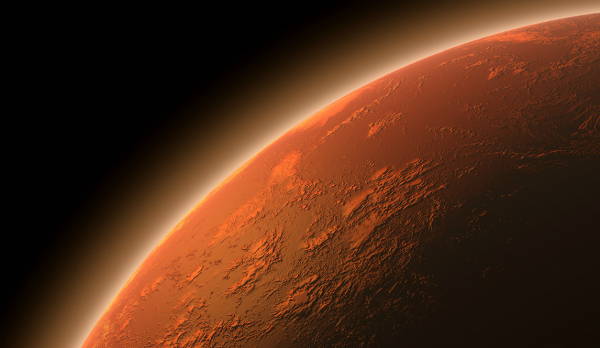
If you look at the Martian landscape and data about the planet, you will notice something very unique.
There is almost no atmosphere to speak of, in comparison to the earth. This is clear from the light brown color of the Martian sky. It is not like Earth’s atmosphere of blue color. One reason is due to the Martian soil being rich in iron rust and the atmosphere being extremely dusty. The blue coloration on Earth is because the earth’s atmosphere filters out all colors from the light except blue. In other words, the Martian sky would have probably been blue as well, if it had the right atmosphere.
This data was revealed by NASA’s MAVEN spacecraft, where it showed that Mars was quite similar to the Earth a very long time ago. It showed that the atmosphere of the planet was lost due to solar winds and radiation.
2. The Martian Soil is Rich in Iron
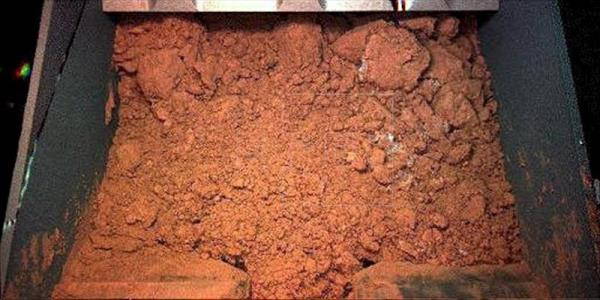
There is a reason the planet appears to be red when observed from telescopes or space probes and rovers.
It is because the Martian soil is rich in naturally occurring iron oxides. These oxides, in turn, give the planet it’s an iconic and signature reddish color. Due to this, the planet is famously known as the red planet.
The naturally occurring iron on the planet’s surface causes the planet to appear red in color. These iron dust are actually rusting iron minerals which formed some billion years ago. The soil today isn’t safe for humans as it is highly toxic. The soil contains great amounts of perchlorate compounds made of chlorine. This was first discovered by Mars rover Sojourner.
The First Rover on Mars Landed in 1997

Although the knowledge of Mars existed since ancient times, the first time that man actually made a landing on the planet was in 1997. It is also the first rover to operate outside the Earth-moon system.
This landing was not a manned one, but rather unmanned. Called ‘Mars Pathfinder’ or simply, ‘Pathfinder’, it was launched by NASA to explore the surface of Mars and understand more about the planet.
The project comprised of a spacecraft, and an exploration rover. Both of them were launched in the year 1996, aboard a Delta II rocket from the infamous Cape Canaveral launch site in the USA.
The rover functioned for about three months, after which all contact stopped.
Bonus: SpaceX, the Company of Elon Musk Plans to Send People to Mars Soon
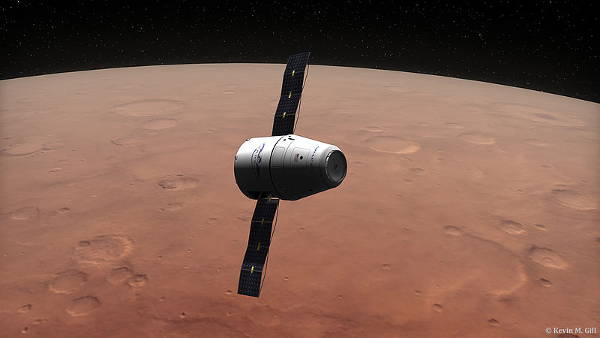
If you are interested in the human exploration of Mars, you will find this one to be interesting.
The company SpaceX, created by the American entrepreneur Elon Musk, plans to send people to Mars.
While the exact date for the same hasn’t been confirmed, what is known is that this is an idea being seriously considered by the company. Even if SpaceX doesn’t put humans on Mars, some other company will seriously try. Even NASA has plans to send humans to Mars. If this becomes a reality, then it is going to be an expensive logistic.
And while the exact dates may not be known, it is interesting to note that we could be putting a man on the moon in the near future.
Conclusion
As a whole, there is still much to be understood about mars.
Located just after the Earth in our solar system, the planet has been a source of mystery as well as the fascination of people far and wide.
And indeed, this will continue to grow and expand upon the passage of time.
It won’t be long before our scientific advances help us to quell our thirst for knowledge, so that we may be able to explore our universe, from mars to the unknown beyond.